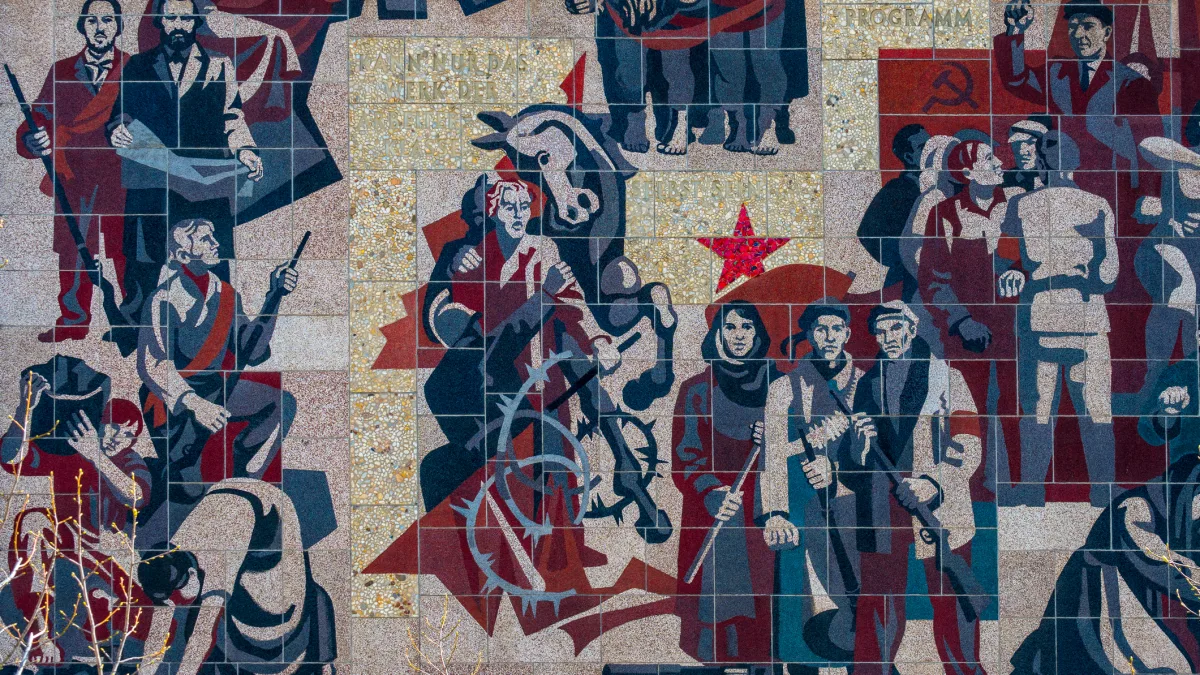We talk endlessly about transformation—digital, green, strategic. But somewhere in the rush to optimise, automate, and accelerate, we’ve lost sight of something basic: most systems no longer feel human.
I’ve seen it up close. A few months ago, I sent documents to a global financial institution. They asked for the files by email, but couldn’t confirm receipt—because, as they explained, they didn’t have a pre-written template for that. Their official workaround? If I later received a message marked “contact us urgently,” that would mean everything was fine. In other words, panic equals confirmation.
That’s not transformation. That’s bureaucracy in designer packaging.
A couple of months later, I tried closing an account with a major telecom provider. The case was finally resolved this week. I was no longer their customer, yet they charged me an early termination fee they’d already waived—and eventually reported me to a credit agency for not paying a bill that should never have existed. Each time I called, the person on the line “understood my concern.” Each time, they apologised with impressive sincerity. But nothing actually changed.
Speed without direction
This is what happens when technology and process evolve faster than empathy. The systems get smarter, but the experience gets colder. The scripts get more polished, but the human behind them disappears.
And here’s the irony: in a world obsessed with AI, automation, and data-driven precision, the rarest luxury is still a genuine human response.
Businesses today are racing to build digital fluency—and they should. But fluency without empathy is just speed without direction. Every touchpoint, every chatbot, every automated workflow is ultimately a reflection of the people who designed it. If those people never pause to ask, “What does this feel like for the person on the other end?”, no amount of technology will fix the gap.
Because technology doesn’t fail on its own. People fail to design for people.
Humanity is differentiation
I often say reinvention isn’t just about doing things faster or cheaper. It’s about doing them better—and better usually means more human. A service that works but feels indifferent is no better than one that doesn’t work at all. We remember how we’re treated more than what we’re told.
Think about it: in a sea of sameness, humanity is now differentiation. Everyone can buy the same tools. Everyone can train the same models. Everyone can automate the same tasks. What you can’t replicate is tone, trust, or warmth. Those come from people who care.
And that’s what turns a transaction into a relationship.
The businesses that will stand out in the AI decade won’t be the ones that automate everything. They’ll be the ones that choose what not to automate — the ones that know when human presence is the point, not the problem.
Unscripted presence
So maybe the next big competitive advantage isn’t another system or platform. Maybe it’s presence. Listening that isn’t scripted. Empathy that isn’t templated. Leadership that understands that efficiency without emotion eventually becomes noise.
Because as every company tries to move faster, the most powerful thing you can do might simply be to slow down long enough to see the person in front of you.
Technology will keep evolving. But what will make your organisation relevant in the long run won’t be the latest system update. It’ll be your ability to stay unmistakably human in a world that’s forgetting how.
Photo: Dreamstime.







